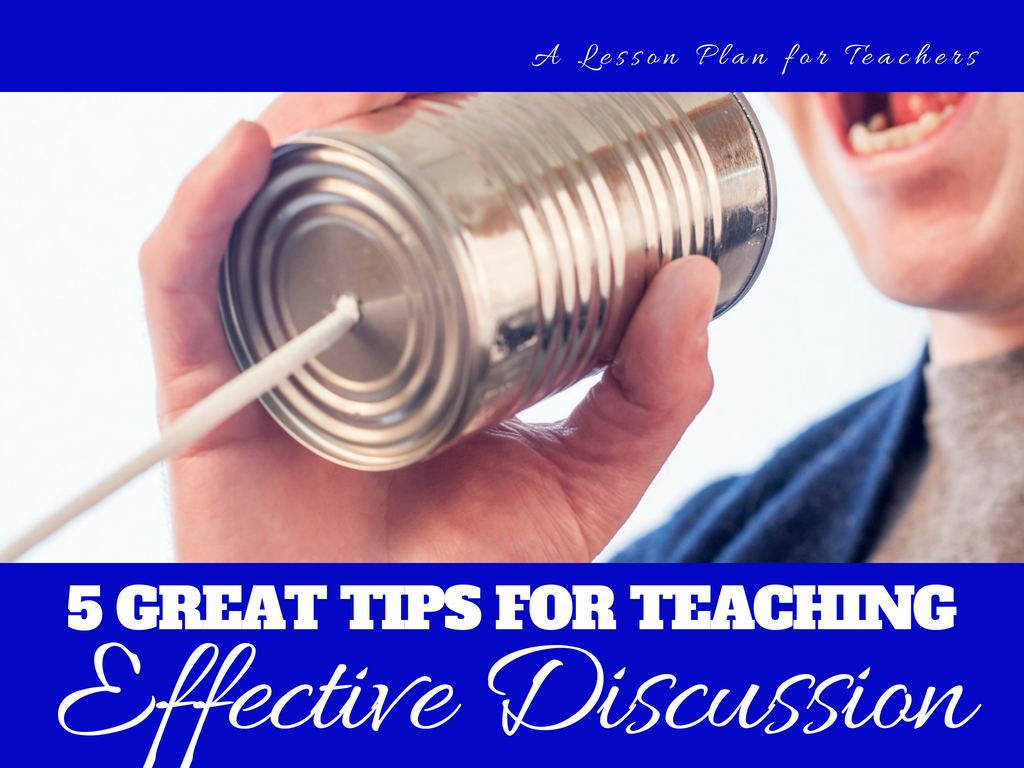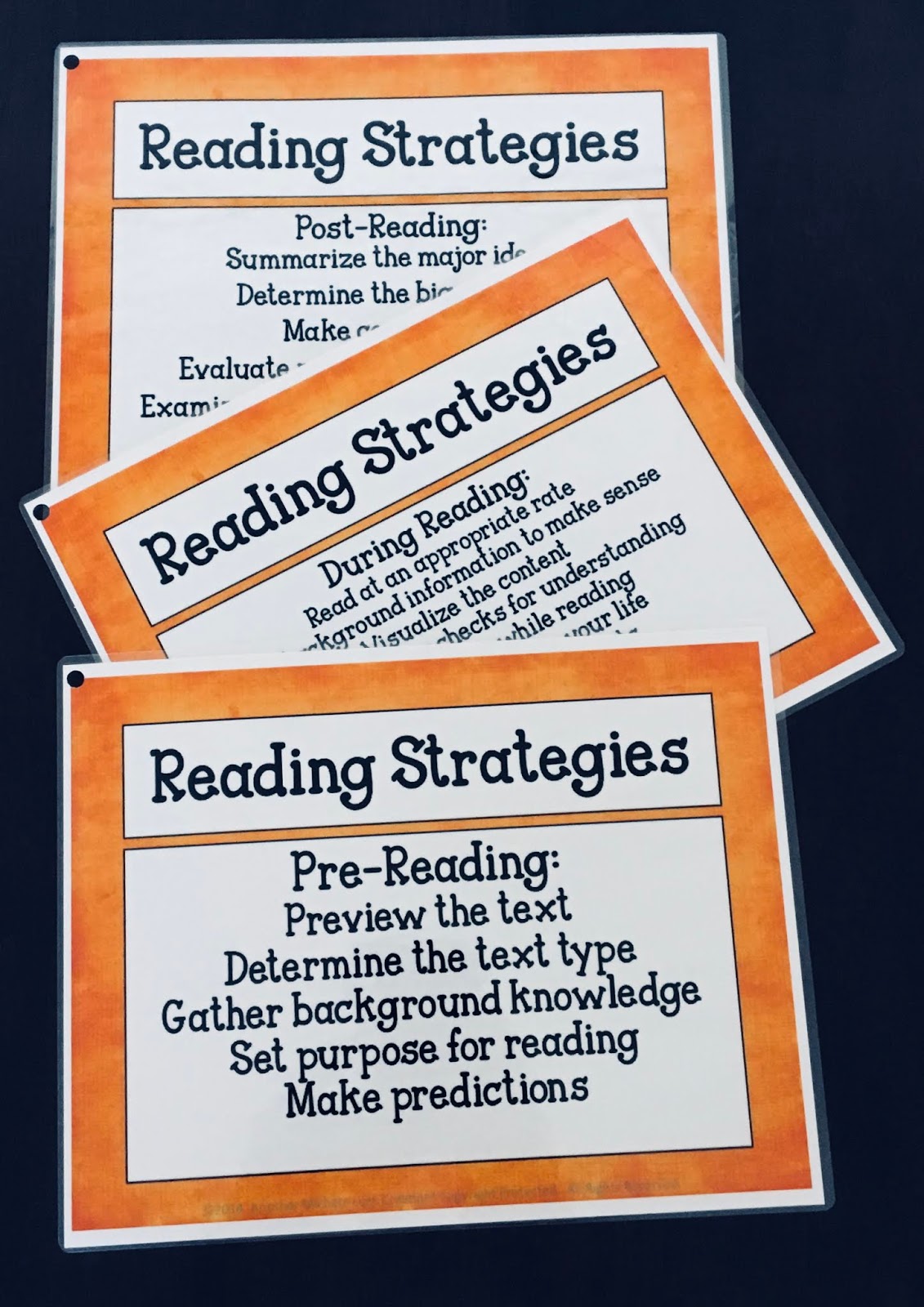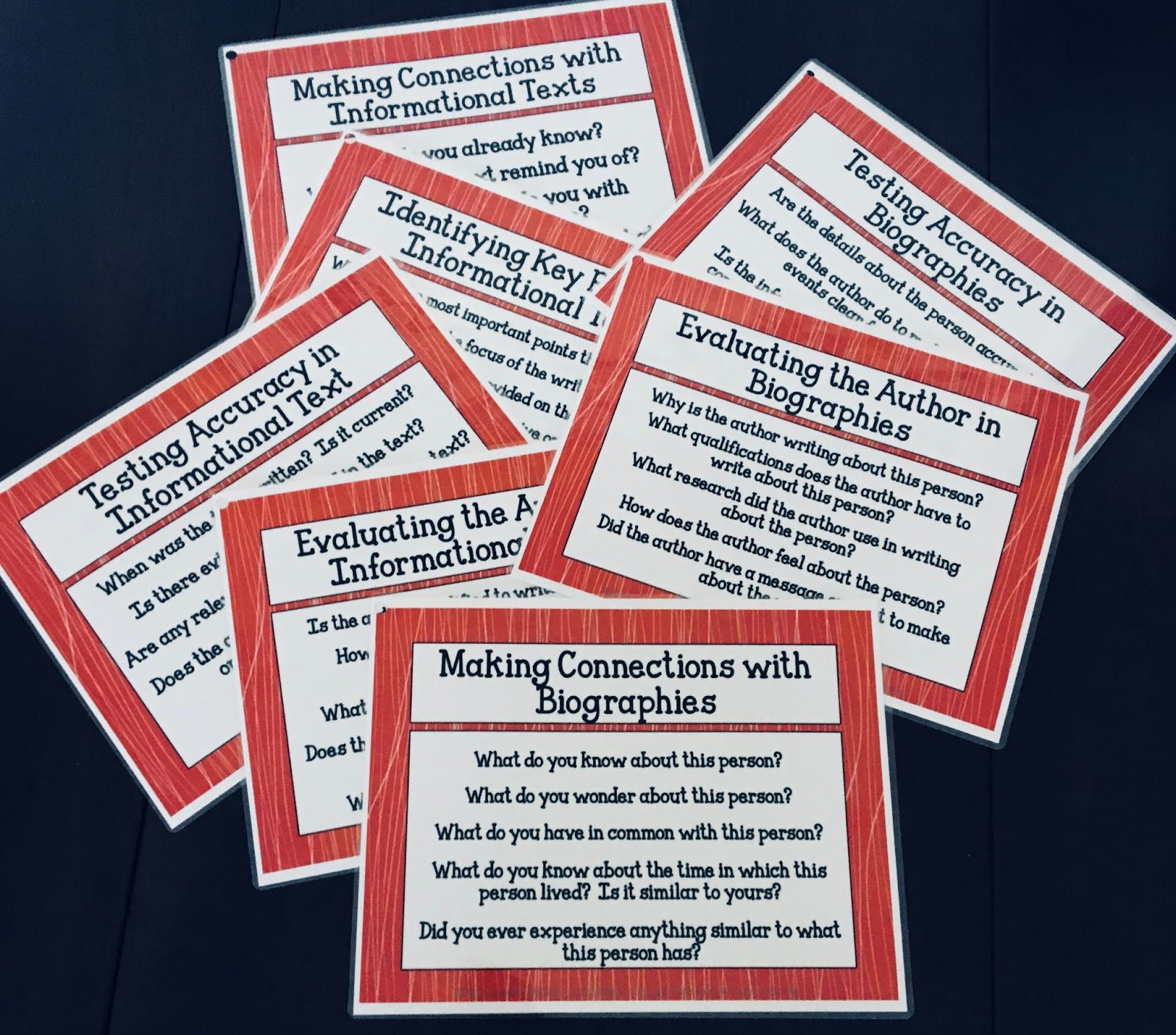Teaching today’s youth to be effective communicators can seem impossible at times. We have a generation of vocal, opinionated individuals who often lack the ability to eloquently discuss their thoughts and ideas. While teaching effective discussion skills may not be easy, it’s certainly an important part of developing a working classroom community, allowing your students to absorb knowledge in different manners, and preparing them for their future as successful adults. Teaching effective discussion should be an ongoing endeavor – begin in your back to school preparations, establish guidelines on the first day of school, and continue the learning experience throughout the school year. These skills are building blocks for a strong foundation of learning, and forgoing this study will disadvantage your high school and middle school students.

Using these 5 great tips for teaching effective discussion in the classroom, you’ll be establishing clear and manageable guidelines for your students to maintain throughout the remainder of the school year and onward. Effective discussion comes naturally to some; others may need much coaching and advising. Use these tips for teaching effective discussion to make it more approachable for the growing needs of your high school and middle school students. Teaching effective discussion in the classroom isn’t easy but it’s necessary to establish a good learning foundation from the starting gate. Provide your students with the advantages of effectively discussing their opinions, thoughts, and knowledge, while maintaining order in your classroom, with these 5 great tips.

Basic Learning Skills
While these may seem rudimentary, your students (especially incoming sixth graders and freshmen) may benefit from a refresher course in basic learning skills. Establishing this clear baseline will be advantageous to your students who are seeking knowledge throughout the year. Ensure your students understand how to be prepared, sit for success, be attentive, question, speak up, listen patiently, include everyone, and stay on topic. Not only will these skills promote effective discussion, but also a respectful and successful classroom community.

Reading Strategies
Using three divisions of reading strategies, including pre-reading, during reading, and post-reading strategies, you will help your students understand how to effectively break down text in order to effectively communicate it and discuss with their classmates. By previewing the text, determining its type, gathering background information, setting a purpose, and making predictions during the pre-reading phase, students will begin reading prepared and informed. Then, if they read at an appropriate rate, use background and contextual clues, and check for understanding, students will continue their digestion of the text, better preparing them to discuss effectively with others. Lastly, by summarizing effectively, evaluating the information, drawing conclusions, and forming examples, students are able to tie their knowledge together, efficiently producing talking points to be effectively discussed with others.
Text Reading Skills
By testing accuracy in informational text, making connections with informational texts, identifying key terms, making connections with biographies, evaluating the author in biographies, and testing accuracy in biographies, students are able to approach often-unapproachable, “boring” texts with the foundation to effectively digest the information and then share it effectively in a discussion forum.

Response Group Prompts & Guides
Using response group prompts and assigning literature circle roles, group performance in textual reference becomes seamless and enjoyable for your students. Encourage students to use “I” statements or analytic statements, like “I wonder,” “I think,” “I felt,” and “The author meant.” These statements will help further understanding so they’re able to fully communicate their newfound knowledge.

Discussion & Notes Organizers
Using different notes organizers and note-taking methods, your students are able to better understand the key concepts found within the text, lecture, or presentation of information. Teach them proven methods like KWL, Venn Diagrams, Topic Maps, Sequential Organizers, and Biography Organizers to ensure a full understanding of the concepts at hand. By correctly incorporating these organizers and methods, students are able to effectively discuss the information learned without frustration or confusion.
While teaching effective discussion concepts in the classroom may seem daunting, there are many resources available both online and in print to help ease your class into regular and easy discussion in the classroom setting. By furthering these skills throughout the year and adding onto the building blocks of knowledge established on the first day of school, students will be able to use these effective discussion skills well into their adult and professional lives. Use these 5 tips to teach effective discussion, and pick up these ready-to-print Effective Discussion Posters to ensure your students are consistently using these skills.

Happy Teaching!


Hi,
I am Rebecca Antinozzi I am a school teacher. This is good to see that you are providing such a great information. Thank you for sharing this amazing post.